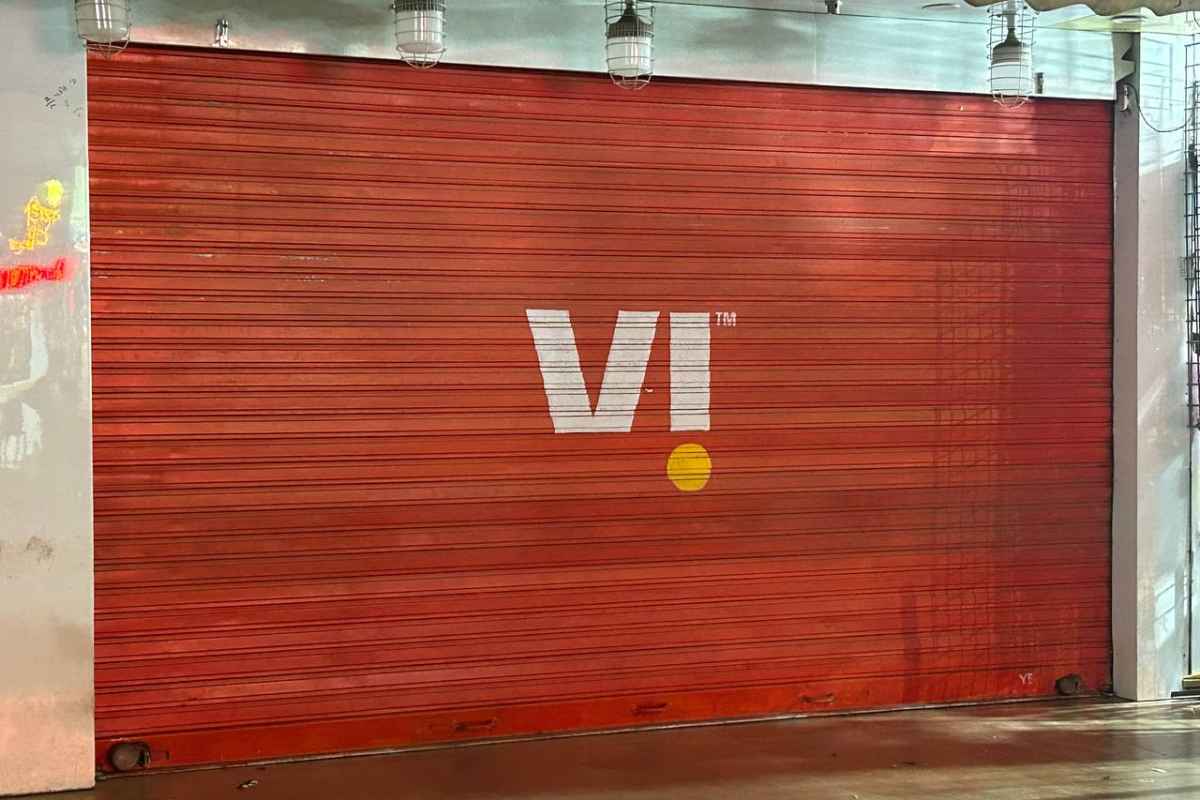
Vodafone Idea (Vi) has just announced its quarterly results for Q3 FY23. The telco's net loss has widened QoQ (quarter-on-quarter) while its revenues remained flat. The EBITDA (earnings before interest tax depreciation and amortisation) improved by a marginal percentage, but that is unlikely to have any positive impact on the business. The net loss for Vodafone Idea went from Rs 79,955 crore in Q2 FY23 to Rs 79,900 crore in Q3 FY23.
Akshaya Moondra, CEO of Vi, said, "We continue to remain engaged with our lenders for further debt fund raising as well as with other parties for equity or equity linked fund raising, to make required investments for network expansion and 5G rollout."
Let's check out the performance of the telco in Q3.
Read More - Vodafone Idea Equity Holding for Govt After Conversion
Vodafone Idea Q3 FY23 Results: ARPU, 4G Subscribers and More
First of all, the overall subscriber base of the telco dipped from 234.4 million to 228.6 million in Q3 FY23. VLR or active users fell from 212.2 million to 209.6 million QoQ. There was a growth in the average revenue per user (blended) from Rs 131 to Rs 135.
The total minutes of use went down from 428 billion to 424 billion QoQ. While there was a decline in the total minutes of use because of a dip in the subscriber base, the average minutes of use per user went up from 599 minutes in the previous quarter to 613 minutes in Q3 FY23.
Read More - Next Three Months are Crucial for Vodafone Idea: Report
The subscriber churn rate again went up in the quarter. From 4.3% in the previous quarter, the churn rate went up to 4.4%. It is pretty high and something that Vodafone Idea (Vi) needs to address in the short term otherwise, its core fundamentals will become poorer in the coming quarters.
The total broadband sites (3G and 4G) went down from 444,228 to 443,450. Vi said, "We shut down 2,800 3G sites during the quarter while adding 2,000 4G sites. Our overall broadband site count stood at 443,450 as of December 31, 2022. Till date, we have deployed 74,500 TDD sites in addition to the deployment of 13,700 Massive MIMO sites and 13,300 small cells."















